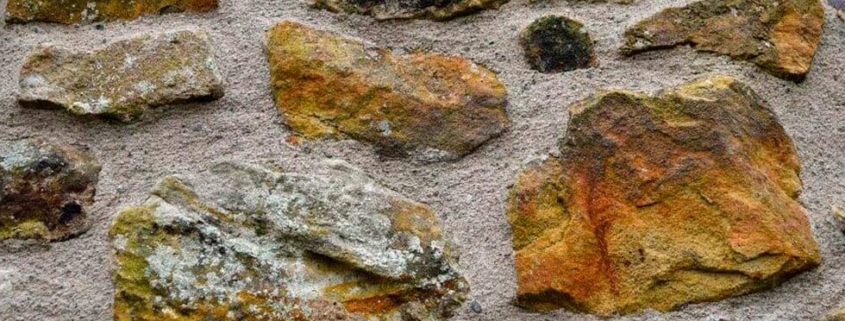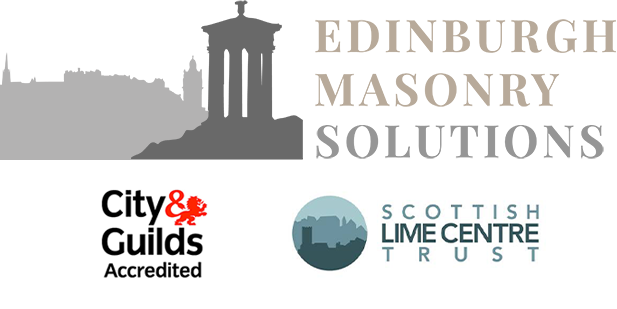The Art and Science of Lime Pointing for Sandstone Preservation
Introduction:
Edinburgh’s sandstone, with its natural beauty and durability, has been a popular building material for centuries. To ensure the longevity and structural integrity of sandstone structures, proper maintenance is crucial. Lime pointing, a traditional and time-tested technique, emerges as a significant aspect in the preservation of sandstone buildings and structures.. This article explores the art and science behind lime pointing, shedding light on its benefits, application, and the role it plays in safeguarding our rich heritage of sandstone architecture.
Understanding Lime Pointing:
Lime pointing involves the application of lime mortar to the joints between sandstone blocks or bricks. Lime mortar, historically a key component in construction, has unique properties that contribute to the preservation of historic structures. Unlike modern cement-based mortars, lime mortar is more flexible and breathable, allowing the building to expand and contract naturally without trapping moisture.
Benefits of Lime Pointing for Sandstone:
Breathability: Lime mortar allows for the exchange of moisture vapour, preventing the build up of trapped moisture within the stone. This breathability is essential for the preservation of sandstone, as it helps to reduce the risk of erosion and spalling caused by freeze-thaw cycles.
Flexibility: Sandstone, being a natural material, is subject to slight movements and shifts over time. Lime mortar’s flexibility accommodates these movements without causing stress on the stone, reducing the likelihood of cracks and fractures.
Compatibility: Lime mortar is more compatible with historic sandstone structures than cement-based mortars. It mimics the characteristics of the original mortar used in historic walls and buildings, ensuring a harmonious blend that preserves the authenticity of the structure.
Application Process:
The lime pointing process involves several crucial steps:
Assessment: A thorough assessment of the condition of the sandstone and existing mortar is conducted to identify areas requiring attention.
Preparation: Old mortar is carefully removed, and the joints are cleaned to ensure proper adhesion of the lime mortar.
Mixing: Lime mortar is prepared by combining lime , sand, and water. The mix is carefully proportioned to achieve the desired consistency and strength.
Application: The lime mortar is skillfully applied to the joints using traditional hand pointing techniques. The goal is to create a strong bond without damaging the delicate surface of the sandstone.
Conclusion:
Lime pointing is not just a practical method of preserving our sandstone structures; it is an art form that requires skill, patience experience, and an understanding of both the materials used and the historical significance of the architecture. By embracing lime pointing, we contribute to the sustainable conservation of our cultural heritage, ensuring that the beauty and history encapsulated in sandstone structures endure for generations to come.
James Allan Stonemasons only ever use lime for building, pointing and stone repair.




